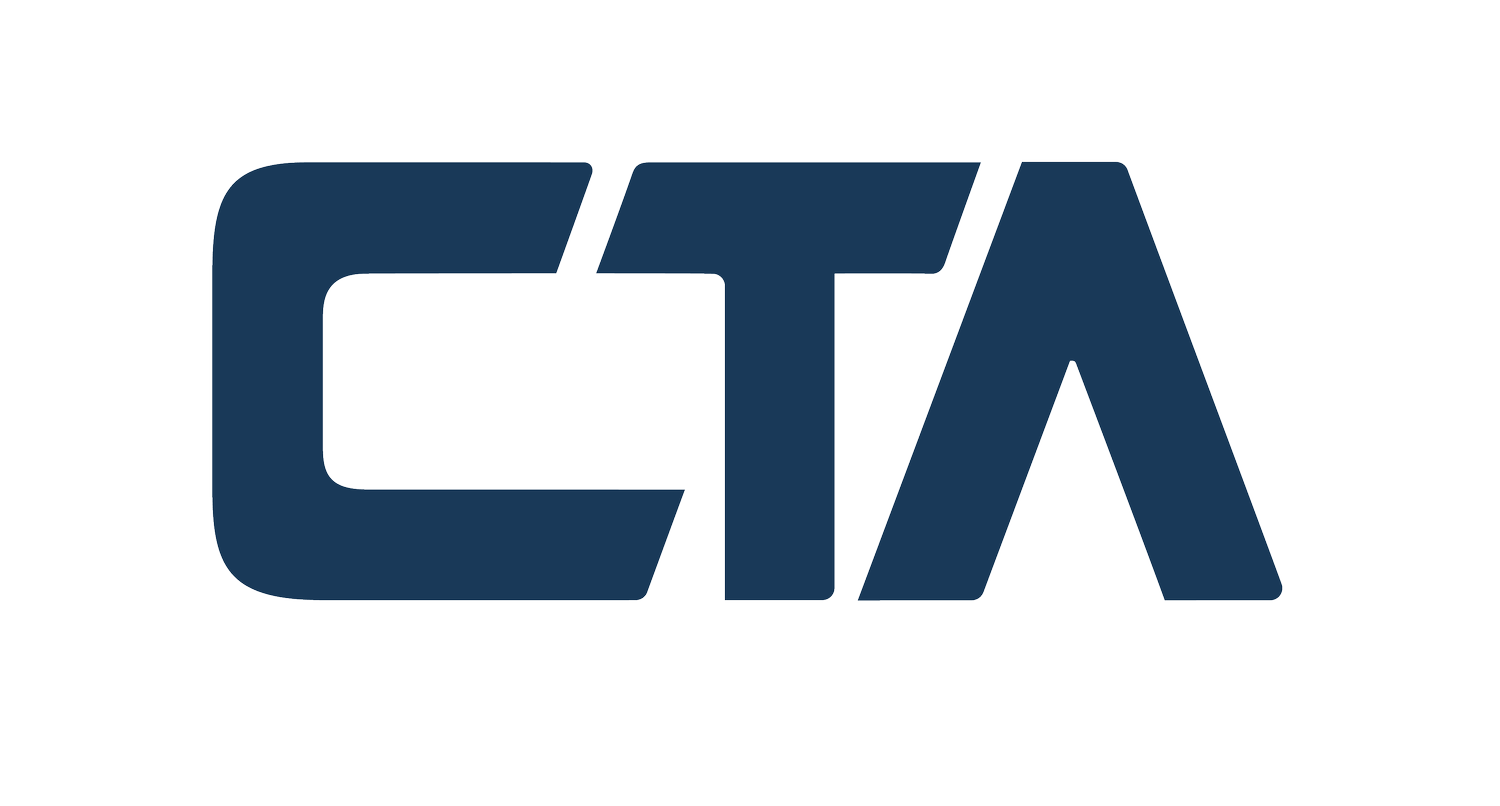The introduction of House Concurrent Resolution 14 (H.Con.Res. 14) in the 119th Congress marks an important step in setting the federal budget for fiscal year 2025 and providing a framework for fiscal policy through 2034. This resolution has significant implications for upcoming tax legislation, as it establishes revenue targets, spending priorities, and potential areas for reform. Below, we explore what this resolution means for tax policy, the legislative process, and expected timelines for additional actions.
What Is a House Concurrent Resolution?
A House Concurrent Resolution (H.Con.Res.) is a legislative measure that expresses the collective opinion or decision of both chambers of Congress but does not have the force of law. Unlike a bill, it does not require the President’s signature. H.Con.Res. 14 serves as a blueprint for Congress to shape budget priorities and provides reconciliation instructions that influence tax and spending policies.
Goals of H.Con.Res. 14
- Controlling Mandatory Spending: Proposing reforms to entitlement programs to ensure long-term sustainability.
- Economic Growth: Encouraging tax policies that promote investment, job creation, and innovation.
- Fiscal Responsibility: Aiming to reduce the national deficit by setting spending limits and revenue targets.
- Deregulation Initiatives: Reducing regulatory burdens on businesses to stimulate economic activity.
Impact on Upcoming Tax Legislation
Given that the resolution outlines revenue targets and deficit reduction strategies, it is expected to drive significant tax-related legislative efforts. Some potential effects on tax policy include:
- Tax Cuts or Increases: Depending on reconciliation instructions, Congress may introduce tax relief measures or revenue-generating provisions.
- Business Tax Reforms: Changes to corporate tax rates, deductions, and credits could be part of efforts to boost investment and growth.
- Personal Tax Adjustments: Potential modifications to income tax brackets, deductions, and credits to align with economic goals.
- Estate and Capital Gains Taxes: Adjustments to inheritance taxes and capital gains rates may be considered to balance revenue needs.
When Is Additional Action Expected?
Following the passage of H.Con.Res. 14, lawmakers are moving quickly to draft specific tax bills aligned with its fiscal objectives. Speaker Mike Johnson has set an ambitious target of April 30, 2025, for the final reconciliation package to land on President Trump’s desk for signature. To meet this deadline, key milestones in the legislative process include:
- March 2025: House and Senate committees begin drafting tax-related provisions based on reconciliation instructions
- Early April 2025: Debate and passage of initial tax legislation in the House, with a focus on swift committee approvals.
- Mid-April 2025: Senate consideration and potential modifications, leveraging the reconciliation process for a simple majority vote.
- Late April 2025: Final reconciliation between the House and Senate, culminating in passage of the unified tax-related measures by April 30th.
This accelerated timeline reflects Speaker Johnson’s push to deliver results early in the year, setting the stage for significant tax policy changes before summer.
The Budget Reconciliation Process and Tax Legislation
One of the most critical aspects of H.Con.Res. 14 is the budget reconciliation process, which allows certain tax and spending measures to pass the Senate with a simple majority (51 votes), bypassing the 60-vote filibuster threshold. The process follows these steps:
- Budget Resolution Adoption: Congress passes a resolution like H.Con.Res. 14, setting spending and revenue guidelines.
- Reconciliation Instructions: Specific committees are directed to draft legislation that meets budgetary goals.
- Committee Markups: The relevant committees review, amend, and vote on proposed tax changes.
- House and Senate Approval: Both chambers pass their versions of the bill.
- Conference Committee: If necessary, differences are resolved between the House and Senate versions.
- Final Passage: The reconciled bill is voted on and sent to the President for approval.
Reconciling with the Senate Resolution Process
After the House passes its resolution, the Senate typically adopts its own budget resolution, which may differ in spending levels and revenue projections. If discrepancies exist between the House and Senate versions, a conference committee is convened to negotiate a unified budget resolution. This compromise resolution must then be approved by both chambers before reconciliation instructions take effect. Key steps in this process include:
- Comparison of House and Senate Resolutions: Identifying differences in spending and revenue allocations.
- Negotiation in Conference Committee: Lawmakers from both chambers work to align budget priorities.
- Final Vote in Both Chambers: The agreed-upon resolution is submitted for approval by the full House and Senate.
- Implementation of Reconciliation Instructions: Once passed, committees draft legislation that aligns with the agreed-upon budget framework.
Conclusion
H.Con.Res. 14 lays the foundation for upcoming tax legislation, shaping policies that will impact individuals and businesses alike. By setting fiscal priorities and initiating the reconciliation process, this resolution influences everything from tax rates to regulatory policies. The reconciliation process with the Senate plays a crucial role in finalizing budget measures, ensuring a cohesive fiscal policy moving forward. Stakeholders should closely monitor legislative developments, as tax changes could significantly affect financial planning and economic conditions in the coming years.









